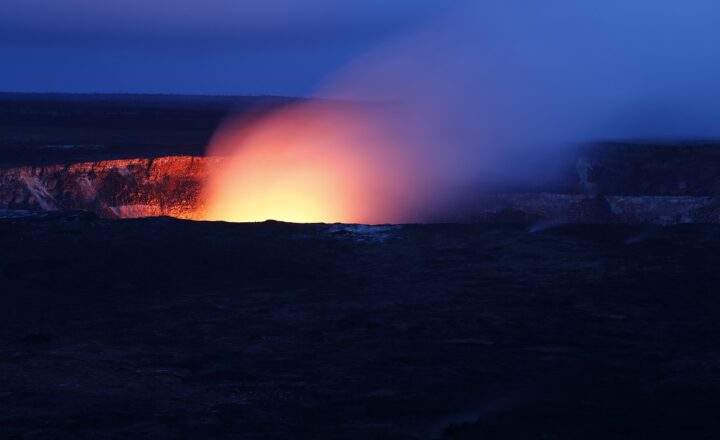How Patterns in Sand and Snow Inspired Mathematical Theories
November 17, 2024

Nature has always been an inspiration for human creativity and inquiry. The patterns formed in sand and snow are not just visually stunning; they have also played a significant role in the evolution of mathematical theories. These natural phenomena reveal intricate designs and structures that can lead to deeper understanding in mathematics and science. In this article, we will explore how the study of these patterns has influenced mathematical theories, their implications in various fields, and the beauty inherent in the mathematical description of nature.
1. The Beauty of Natural Patterns
Sand and snow patterns arise from a variety of natural processes including wind erosion, temperature fluctuations, and physical interactions among particles. These patterns exhibit remarkable regularities that can often be described mathematically. For instance, when winds blow over sand dunes, intricate shapes are formed that follow predictable designs based on the speed and direction of the wind. Similarly, snowflakes, each unique in shape, exhibit symmetrical designs governed by the principles of crystallography.
This beauty in complexity has captivated mathematicians and scientists alike, inspiring studies that bridge the gap between the tangible world and abstract mathematics.
2. Mathematical Concepts Derived from Nature
Patterns in sand and snow have led to the development and refinement of several mathematical concepts:
- Fractals: Patterns seen in sand dunes and snowflakes often exhibit self-similarity and complexity that can be described using fractal mathematics. For example, the intricate branched shapes of snowflakes can be modeled using fractal equations, demonstrating how simple rules can lead to complex structures.
- Nonlinear Dynamics: The fluid motion of sand under wind involves nonlinear interactions that can give rise to ordered patterns. Researchers in chaos theory have found that these seemingly random arrangements can be predicted by understanding the underlying equations of dynamics governing these systems.
- Topology: The study of shapes and spaces, topology finds applications in computer graphics and architecture. Understanding how sand and snow patterns can shift under the elements provides valuable insights into topological transformations that can apply to other fields, such as robotics and materials science.
These mathematical concepts are not just theoretical; they have practical applications across various fields, from environmental science to technology.
3. Case Studies: Patterns in Sand and Snow
Examining specific case studies of patterns in sand and snow can shed more light on the connection between the natural world and mathematical frameworks:
- Sand Dunes: The movement and shape of sand dunes can be mathematically modeled using differential equations that account for wind velocity, grain size, and moisture level. These equations help predict dune migration and morphology, aiding in understanding desert ecology and erosion control.
- Snowflake Formation: Researchers have studied snowflake formation and the temperature variations that affect their structure. The patterns observed have led to mathematical descriptions that enhance our understanding of phase transitions, essential in meteorology and climate science.
- Coastal Erosion Patterns: The patterns formed by sand on shores are vital in studying coastal erosion. Mathematical modeling of wave interactions with sandy beaches has implications for environmental conservation and urban planning along coastlines.
These studies exemplify how mathematics provides tools to interpret and predict natural phenomena, turning observation into actionable insights.
4. The Artistic and Cultural Influence of Patterns
The impact of natural patterns extends beyond mathematics into art and culture. The connection between the aesthetic appeal of sand and snow designs and mathematical models has inspired artists and architects throughout history:
- Islamic Art: The use of geometric patterns in Islamic art reflects mathematical precision akin to the symmetry found in snowflakes and sand formation. Artists have employed principles of geometry and symmetry to create stunning visual pieces that resonate with the natural world’s beauty.
- Architecture: Architects incorporate patterns in nature into their designs, using principles like fractals and symmetry to create structures that harmonize with their surroundings. The deliberation of shape and form in buildings draws inspiration from natural phenomena, from the structures of sand to the layered appearance of snow.
- Fashion Design: Patterns derived from nature also influence trends in fashion. Designers may derive inspiration from the shapes and colors found in dunes or snowfields, illustrating nature’s creative influence in everyday life.
This intermingling of mathematics, art, and nature illustrates a holistic approach to understanding the world around us.
5. The Future: Expanding Our Understanding of Patterns
As technology advances and our ability to model complex systems improves, the exploration of natural patterns will only deepen. The integration of artificial intelligence and machine learning is aiding in uncovering new relationships in mathematics derived from nature:
- Data Analysis: AI systems can analyze vast quantities of environmental data to find patterns and predict how they may change over time. This enables mathematicians to develop models that reflect the dynamic nature of earth processes better than traditional methods.
- Simulations: Advanced simulations of environmental conditions may help scientists visualize how sand and snow patterns evolve, providing a better framework for testing mathematical theories in real-world scenarios.
- Interdisciplinary Applications: As fields like biomimicry rise, understanding these patterns can lead to solutions in engineering, sustainability, and urban planning that align with natural systems, yielding innovative equations that describe their interactions and effects.
Conclusion
The patterns found in sand and snow are not merely aesthetic; they are gateways into deeper mathematical understanding. From fostering theoretical advancements to influencing artistic expressions, these patterns highlight the intricate relationship between nature and mathematics. As we continue to explore these connections, we unlock new avenues for innovation, culture, and understanding of the world.
By marrying observation with mathematical inquiry, we enrich our perception of nature and create a framework that informs future disciplines from science to art., paving the way for a future that appreciates the mathematical beauty in the world’s simplest designs.







